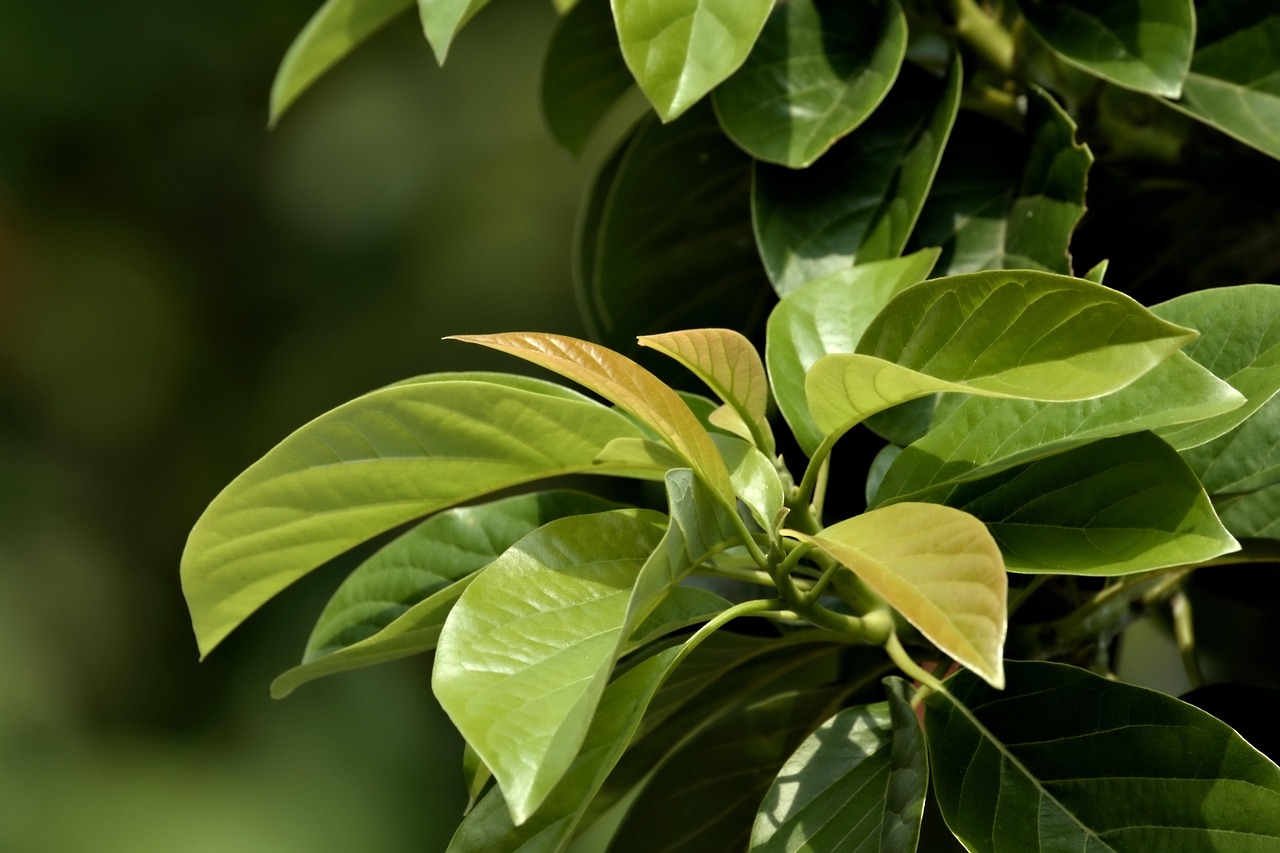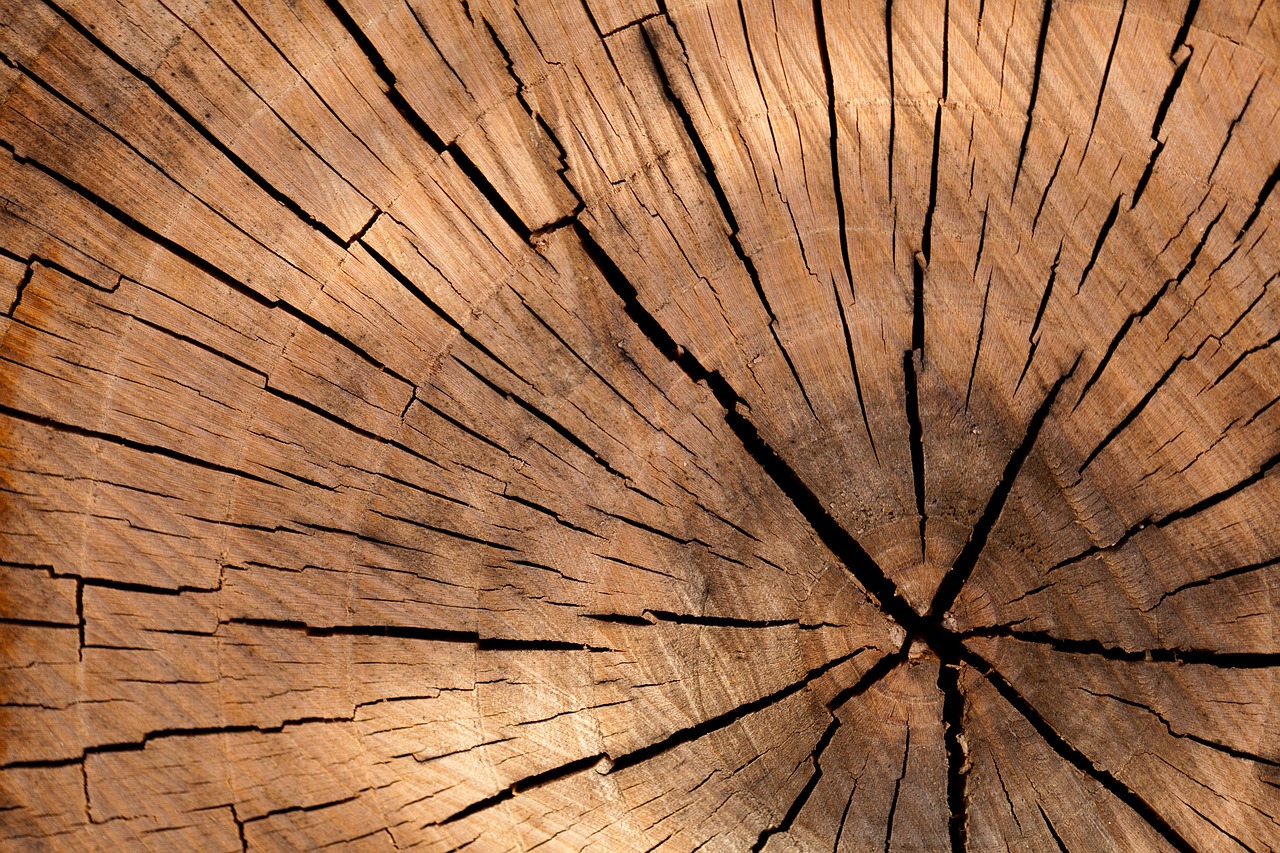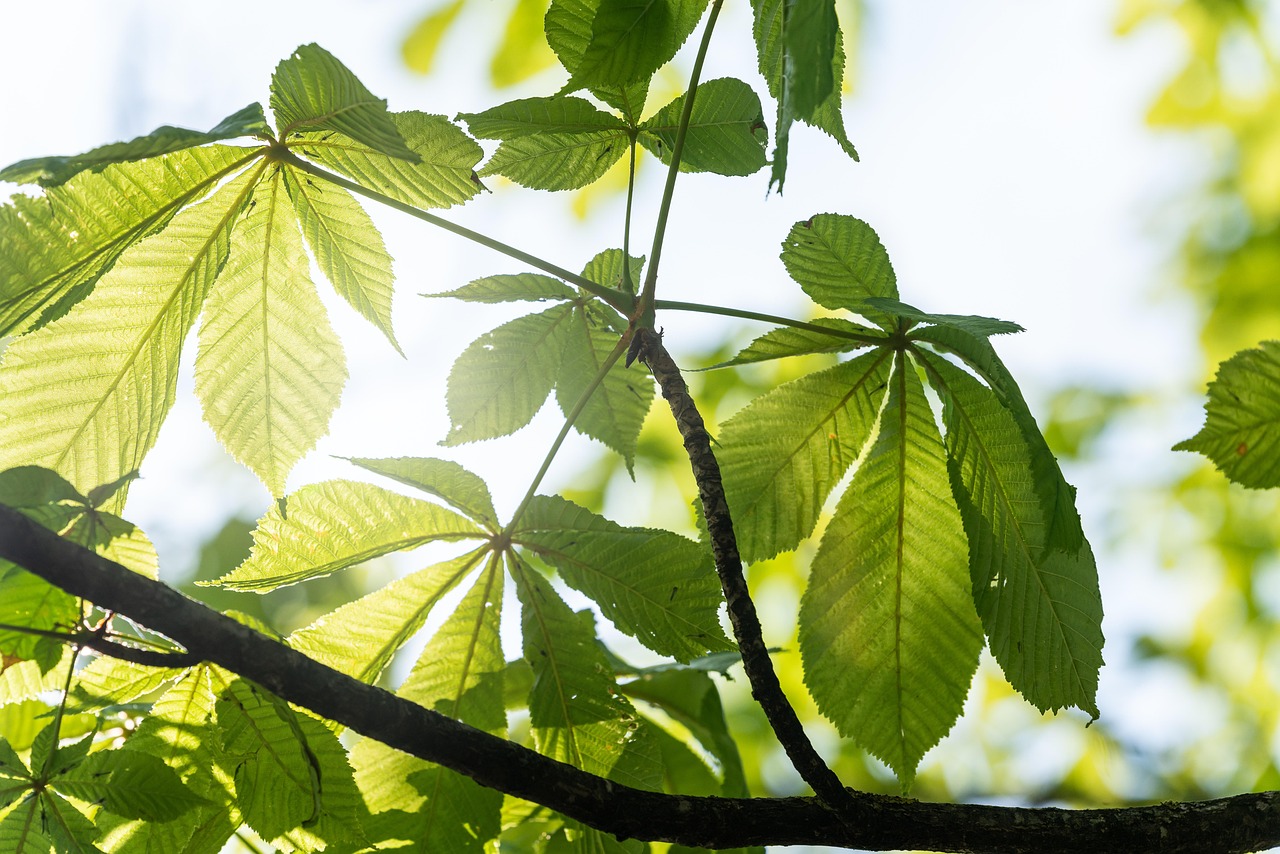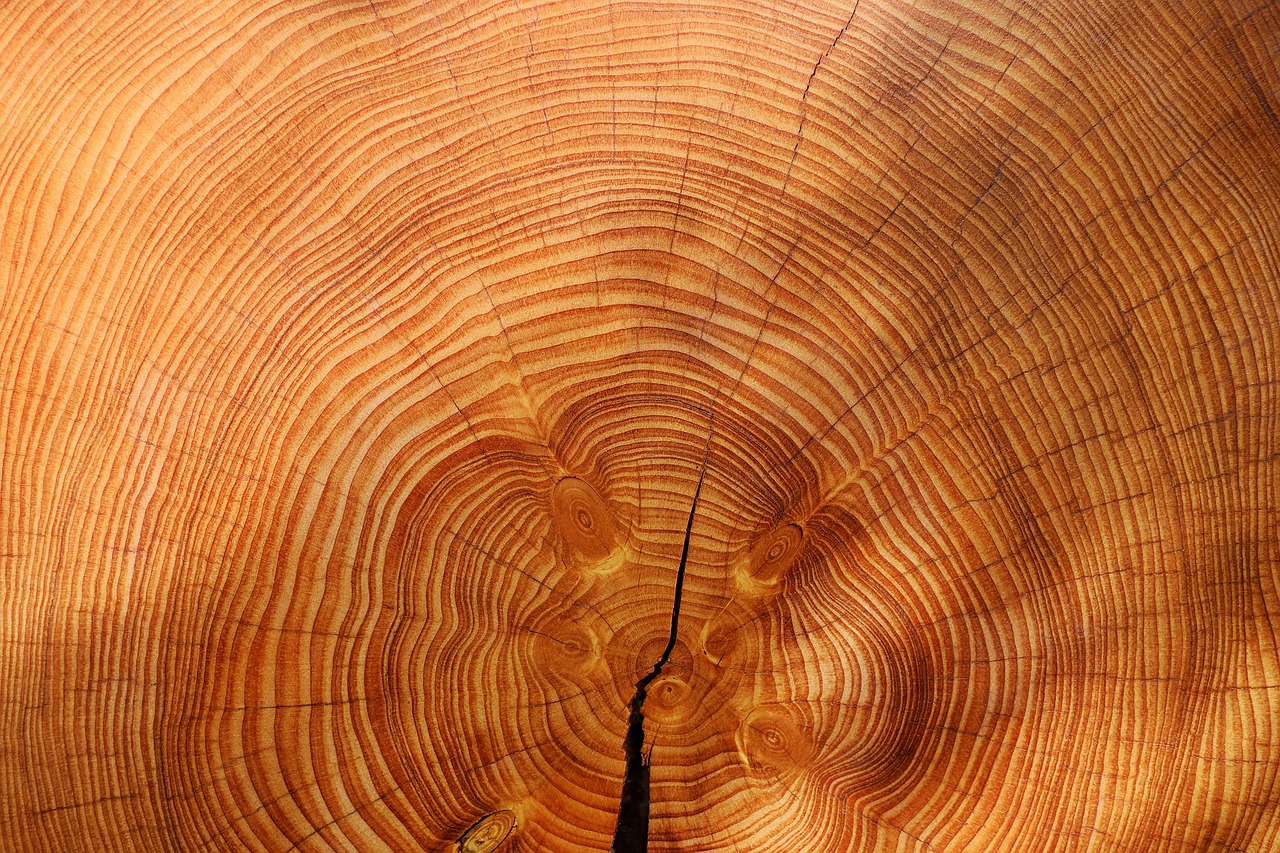Understanding five-year tree growth rates is essential for effective landscape planning. These rates help determine which trees will thrive in specific environments and fit well within the desired landscape design.
When planning a landscape, selecting the right trees is crucial for achieving aesthetic appeal, environmental compatibility, and long-term sustainability. Trees not only enhance the beauty of outdoor spaces but also provide shade, improve air quality, and support local wildlife. However, different tree species exhibit varying growth rates. Some trees grow rapidly, while others take years to establish themselves. By understanding these growth rates, landscapers can make informed decisions about which trees to plant based on their intended purpose and the timeline of their landscape project.

The five-year growth rate of a tree can be influenced by numerous factors, including species, soil type, climate, and available sunlight. For instance, fast-growing species like willows and poplars may reach significant heights in just a few years, while slower-growing varieties such as oaks and maples may take longer to achieve similar sizes. This information is especially important for homeowners and landscape designers who want immediate visual impact or are working within specific time frames.
Factors Influencing Tree Growth Rates
Several key factors play a role in determining how quickly a tree will grow over a five-year period:
- Species: Different trees have inherent growth patterns. Some species are known for their rapid growth, while others are naturally slower.
- Soil Quality: Nutrient-rich soil promotes faster growth. Poor soil conditions can hinder a tree’s development.
- Climate: Trees thrive in specific climatic conditions. Temperature, rainfall, and humidity all affect growth rates.
- Sunlight: Adequate sunlight is essential for photosynthesis. Trees planted in shaded areas may grow more slowly than those in full sun.
- Water Availability: Consistent watering during dry spells helps encourage healthy growth.
By evaluating these factors, individuals can better predict how trees will perform in their landscape plans. It is also beneficial to consider the mature size of trees when planning their placement. A tree that grows quickly may overshadow smaller plants or structures if not placed thoughtfully.

Average Growth Rates for Common Tree Species
To aid in landscape planning, the following table presents the average five-year growth rates for common tree species. This information can serve as a guideline for selecting the right trees for your landscape design.
| Tree Species | Average Height Increase (inches) | Growth Rate Category |
|---|---|---|
| Willow | 60-80 | Fast |
| Pine | 30-50 | Moderate |
| Maple | 25-35 | Slow |
| Oak | 20-30 | Slow |
| Redbud | 15-25 | Moderate |
This table highlights the differences in growth rates among various species. Understanding these distinctions allows landscapers to incorporate trees that align with their design goals and timelines effectively. Additionally, knowing how tall trees will grow in five years helps prevent overcrowding and ensures that each tree can reach its full potential without competing for resources.
In summary, grasping five-year tree growth rates can significantly enhance landscape planning efforts. By considering growth rates alongside other factors like climate and soil conditions, individuals can choose appropriate species to create beautiful and sustainable outdoor spaces.

Understanding Tree Growth Patterns
Tree growth patterns are critical to landscape planning. Recognizing how trees grow in height, width, and root systems can help designers choose the right species for their specific needs. Growth patterns can vary significantly not only among different species but also within the same species depending on environmental conditions.
Factors influencing tree growth patterns include:
- Genetics: The genetic makeup of a tree species determines its growth characteristics. Some trees are genetically predisposed to grow taller or wider than others.
- Environmental Conditions: Soil quality, water availability, and sunlight exposure play vital roles in how trees develop.
- Pruning and Maintenance: Regular maintenance, such as pruning, can affect a tree’s growth pattern by encouraging upward growth or controlling width.
Height vs. Width Growth
Different tree species exhibit varying tendencies regarding height and width growth. While some trees may reach impressive heights, they may not spread out significantly. Conversely, other trees may remain relatively short but expand widely. Understanding these differences is essential for planning spaces appropriately.
The following table summarizes the height and width growth characteristics of several common tree species over a five-year period:

| Tree Species | Height Increase (inches) | Width Increase (inches) |
|---|---|---|
| Willow | 60-80 | 30-50 |
| Pine | 30-50 | 20-30 |
| Maple | 25-35 | 15-25 |
| Oak | 20-30 | 25-35 |
| Redbud | 15-25 | 20-30 |
Tree Root Systems and Their Impact on Growth
The root system of a tree is fundamental to its overall health and growth rate. Roots anchor the tree and are responsible for absorbing water and nutrients from the soil. There are two primary types of root systems: fibrous and taproot.
- Fibrous Roots: These roots spread out close to the surface. Trees with fibrous root systems, such as willows, tend to establish quickly and can absorb moisture efficiently, especially in well-drained soils.
- Taproots: These roots grow deep into the ground. Trees like oaks have a central taproot that can reach deep soil layers for moisture but may take longer to establish above ground.
The type of root system affects not only how quickly a tree can grow but also its stability and ability to thrive in various soil conditions. Fast-growing trees are often preferred for quick landscaping solutions; however, understanding the root systems of these trees can prevent future problems, such as overcrowding or competition for resources.
The Role of Soil Quality in Tree Growth
The quality of the soil in which a tree is planted significantly impacts its growth rate. Healthy soil provides essential nutrients that trees need for robust development. Here are some key aspects of soil quality that affect tree growth:
- Nutrient Content: Soil rich in nitrogen, phosphorus, and potassium promotes healthy growth.
- Drainage: Well-drained soil prevents waterlogging, which can suffocate roots and lead to decay.
- pH Levels: The acidity or alkalinity of soil can influence nutrient availability. Most trees prefer slightly acidic to neutral pH levels.
Before planting trees, conducting a soil test can help determine the nutrient levels and pH balance. This information is crucial for selecting the right species and ensuring successful growth.
Selecting Trees Based on Growth Rates and Patterns
When choosing trees for a landscape project, it’s essential to align their growth rates and patterns with the intended design goals. Here are some tips for making informed selections:
- Assess Site Conditions: Evaluate the climate, soil type, and available sunlight at the planting site.
- Determine Desired Impact: Decide if immediate shade or long-term growth is the priority for your landscape.
- Select Diverse Species: Incorporate a mix of fast-growing and slow-growing trees for visual variety and ecological balance.
This approach ensures that the landscape remains visually appealing while accommodating the unique growth characteristics of each species. By taking these factors into account, landscape planners can create functional and beautiful outdoor spaces that meet their specific needs.
Maintenance Practices for Optimal Tree Growth
Proper maintenance is crucial for ensuring that trees grow healthily and reach their full potential. Implementing effective care strategies can significantly enhance the growth rates of trees over the first five years. Below are essential maintenance practices that can support tree health and growth.
Watering Techniques
Watering is one of the most critical aspects of tree care. Newly planted trees often require more frequent watering than established ones. Here are some effective watering techniques:
- Deep Watering: Encouraging deep root growth is vital. Watering deeply promotes roots to extend downwards, making trees more drought-resistant.
- Soaker Hoses: Using soaker hoses can effectively deliver water to the root zone without wetting the foliage, reducing the risk of disease.
- Mulching: Applying a layer of organic mulch around the base of trees helps retain soil moisture and reduce competition from weeds.
It is important to monitor soil moisture levels, especially during dry spells, to ensure trees receive adequate hydration without overwatering.
Fertilization Practices
Fertilization plays a significant role in promoting tree growth and health. Proper nutrient management can lead to vigorous growth rates in young trees. Here are some guidelines for fertilizing:
- Soil Testing: Conduct a soil test to determine nutrient deficiencies. This will help you choose the right type and amount of fertilizer.
- Selecting Fertilizers: Use slow-release fertilizers that provide a steady supply of nutrients over time. Organic options can improve soil health as well.
- Application Timing: Fertilize in early spring before new growth begins. This timing allows trees to utilize nutrients effectively during their active growing season.
Over-fertilizing can harm trees, leading to excessive foliage growth at the expense of root and trunk development. Always follow recommended application rates.
Pest and Disease Management
Monitoring for pests and diseases is vital for maintaining healthy trees. Early detection can prevent significant damage and promote faster growth. Here are some common pests and diseases to watch for:
- Aphids: These small insects feed on tree sap and can weaken trees if not controlled. Regular inspections and insecticidal soap can help manage them.
- Scale Insects: Scale insects attach themselves to tree bark and suck sap. They may require treatment with horticultural oils to eliminate them effectively.
- Root Rot: Caused by overwatering or poor drainage, root rot can severely affect tree health. Ensuring good drainage is crucial for prevention.
Implementing integrated pest management (IPM) strategies can help control pests while minimizing harm to beneficial insects and the environment.
Pruning for Growth and Shape
Pruning is a vital practice that influences both the shape and growth rate of trees. Proper pruning helps establish a strong structure and encourages healthy branching. Here are some essential pruning tips:
- Timing: Prune during the dormant season (late winter to early spring) for most species to minimize stress on the tree.
- Remove Dead or Diseased Wood: Regularly inspect trees for dead or diseased branches and remove them to maintain overall health.
- Aim for an Open Canopy: Thinning out crowded branches can improve airflow and light penetration, supporting better growth.
Avoid excessive pruning, as it can lead to stress and reduced growth rates. Following best practices ensures trees remain healthy and visually appealing.
The Importance of Monitoring Growth Progress
Regularly monitoring tree growth is essential for understanding how well maintenance practices are working. Keeping track of tree health can help identify potential issues early on. Here are some tips for effective monitoring:
- Create a Growth Log: Document height and width measurements annually to track growth rates over time.
- Visual Inspections: Regularly inspect trees for signs of stress, such as discoloration, wilting leaves, or stunted growth.
- Consult Professionals: If concerns arise about tree health or growth, consider consulting an arborist for expert advice.
This proactive approach ensures that any issues are addressed promptly, allowing trees to thrive in their landscape settings.
Enhancing Landscape Design with Tree Growth Insights
Understanding tree growth rates and patterns is more than just a scientific endeavor; it is a vital part of landscape design that can significantly influence the success and aesthetics of outdoor spaces. By integrating knowledge about growth rates into the planning process, landscapers can create more dynamic and sustainable environments. This section will explore how to apply growth insights effectively in landscape design.
Creating Cohesive Landscapes
Incorporating trees into landscape designs requires careful consideration to ensure visual cohesion and functional harmony. Here are some strategies for creating cohesive landscapes:
- Layering Heights: Use trees of varying heights to create visual interest. Taller trees can provide a backdrop, while smaller ones can serve as focal points or underplantings.
- Seasonal Interest: Consider trees that offer seasonal changes in foliage color, flowers, or fruit. This variety can keep landscapes engaging throughout the year.
- Color Coordination: Choose trees and shrubs that complement each other in color. Harmonizing the palette can enhance the overall aesthetic appeal of the landscape.
By implementing these strategies, designers can ensure that their landscapes are not only beautiful but also functional and sustainable over time.
Utilizing Technology for Monitoring Growth
Advancements in technology offer new opportunities for monitoring tree growth and health. Several tools and methods can aid landscape planners in tracking their trees effectively:
- Drones: Drones equipped with cameras can provide aerial views of landscapes, allowing for comprehensive assessments of tree health and growth patterns from above.
- Mobile Apps: Many apps are available for tracking tree growth and maintenance schedules. These tools can help ensure that proper care is consistently applied.
- Data Analysis: Utilizing software to analyze growth data can help identify trends, enabling landscapers to make informed decisions about future plantings.
Leveraging technology not only enhances monitoring efforts but also contributes to more effective landscape management practices.
Final Thoughts
In summary, understanding five-year tree growth rates is crucial for successful landscape planning. By considering various factors such as species selection, growth patterns, and maintenance practices, individuals can create landscapes that are not only visually appealing but also ecologically beneficial. The insights gained from monitoring tree health and growth allow for proactive management, ensuring long-term sustainability.
As landscapes evolve, so too should the strategies used to manage them. By incorporating the principles discussed in this article, landscapers can enhance their designs while promoting healthier ecosystems. Ultimately, well-planned landscapes enrich our lives, providing beauty, shade, and habitat for wildlife.
Whether you are a professional landscaper or a homeowner looking to improve your outdoor space, applying these insights about tree growth rates will lead to better planning and a more successful landscape outcome.
